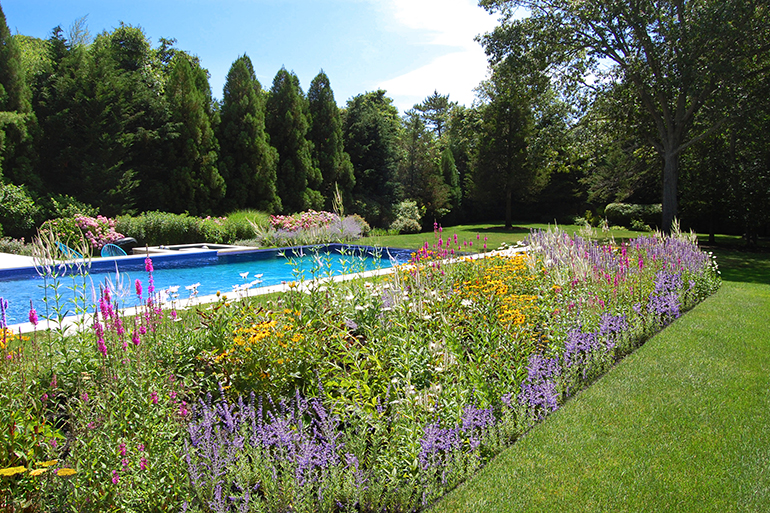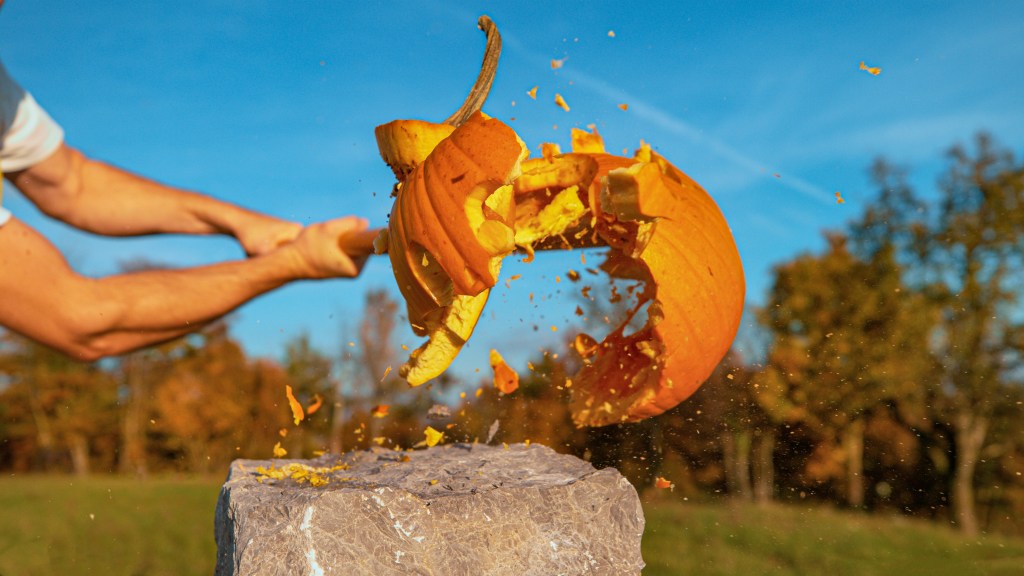Notes from the Garden: Your Spring Garden

Early spring, when Mother Nature washes away winter’s drab palate with a wave of brilliant springtime color, is the best time to plan and prepare your garden. As soon as the night temperatures rise above 30 degrees and the outdoor worlds suddenly surge to green life, we can start with our spring steps. To help you get started I’ve rounded up some of my best gardening tips and suggestions for designing a beautiful spring garden.
When you go into the garden, gently remove any leaves by raking, blowing, or even by hand in the most difficult to reach areas, such as the tops of ground covers or the bottoms of hedges. Don’t forget to remove all the other debris from the yard. Clip stalks instead of pulling them so you don’t disturb growing roots or emerging shoots. Prune shrubs and trees that bloom in summer and fall. Only prune the branches of the spring blooming plants that have snapped from the winter snow and ice. Any plant that blooms in the spring has already set the blossom buds during the previous fall, so if you prune those branches now you will cut off the blossom buds.
Tackle weed seedlings now, before thickly growing perennials make weeding far trickier and endanger your favorite bloomers. If you are not sure whether it is a weed or a plant, leave it until it grows so that you can better identify it. Dividing or thinning shrubs and perennials such as Phlox, Nepeta, Sedum, ornamental grasses or Rudbeckia will increase blooms and allow better air circulation to help prevent the formation of any fungus.
The divided perennials can be transplanted to new garden beds or shared with your gardening friends. Fertilization of your garden should be done with a balanced organic fertilizer and a compost of cow manure should be added to areas showing visible stress. A balanced fertilizer includes compost, rotted manure, seaweed and blends of single nutrient fertilizers. Organic fertilizers are slow acting and long lasting so the nutrients become available to plants only as the material decays in the soil.
The next step is edging and mulching the beds and borders to keep the neatness of the garden. Edging creates a barrier to keep grasses and weeds from the lawn out of the garden and to contain spreading perennials. Mulch conserves soil moisture and controls weeds. There are different kinds of mulch such as cocoa shell, which is ideal for rose gardens, shredded bark, wood chips or finished compost.
Some kinds of mulch are considered high nitrogen mulch and can be offensive for some varieties of plants by promoting burn of the new growth. To avoid placing the wrong kind of mulch, seek the opinion of a professional landscaper. Sometimes it is better to just apply a heavier coat of dehydrated compost.
For the lawn, begin by pulling weeds and raking to remove dead grass and thatch. Fill in low spots with topsoil and re-seed or patch up any bald areas. Spray a neutral fertilizer such as a 24-12-12 blend of nitrogen, phosphorus and potassium, and spread lime over the lawn to keep the soil PH between 6.5 and 7. Look for the number of nitrogen to be at least double that of phosphorus and potassium. Broadcasting with a mechanical spreader is the only way to cover large areas at uniform rates. To make bald areas of your lawn grow in better and greener, sprinkle or spray a liquid feeding.
If you have a worn out lawn, I recommend spreading a thin layer of aged manure or compost over the entire area to revitalize it. Before you start to mow, make sure your mower blades are very sharp. Set the cutting height of the mower high for the first two or three cuttings, so the taller grasses will shade the seeds of any weeds to discourage them from germinating. Carefully inspect the lawn for diseases, weeds and pests, such as white grubs that kill turf by devouring the roots and also attract moles and other digging animals. Maintain these inspections for the whole season to keep a healthy, green and beautiful lawn.
If you are not able to identify pests, diseases or weeds, call a lawn specialist to help you control measures immediately to prevent or completely stop these problems before they spread and get out of hand. After all this careful preparation, your garden and lawn are ready to grow.
There is no better place than your own backyard for raising a healthy crop of self-esteem. Unlimited Earth Care can help you transform a fantasy of personal expression into garden reality. Happy Spring!
Landscape designer, writer and lecturer Frederico Azevedo is the founder of Unlimited Earth Care, Inc., providing high quality landscape design and maintenance to the Hamptons. Celebrating 25 years of art in landscape. For more information: Call 631-725-7551, or visit unlimitedearthcare.com.









